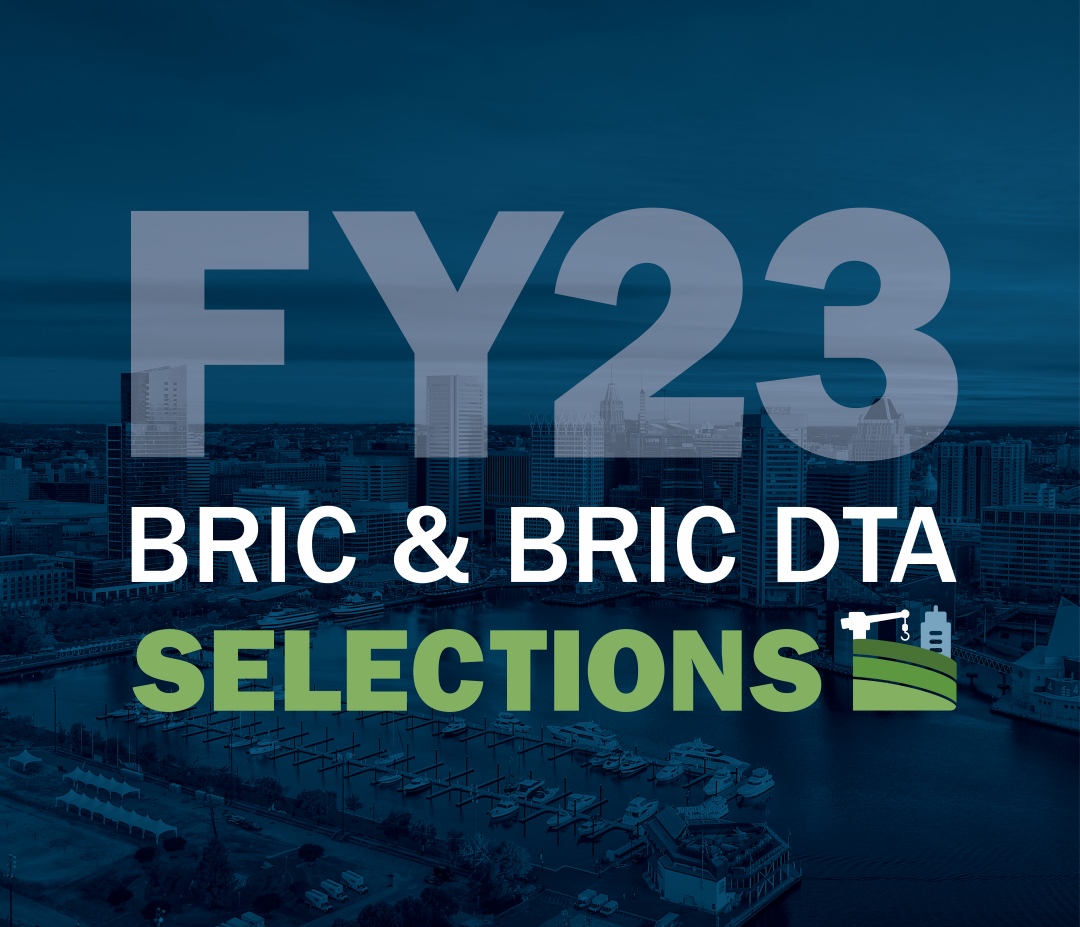Who is Eligible
How Assistance is Prioritized
Building Resilient Infrastructure and Communities Direct Technical Assistance (BRIC DTA) provides tailored support to communities and tribal nations that may not have the resources to begin climate resilience planning and project solution design on their own. Through process-oriented, hand-in-hand assistance, BRIC DTA will partner with communities interested in enhancing their capability and capacity to design holistic, equitable hazard mitigation solutions that advance community-driven objectives.
FEMA will offer wide-ranging non-financial support to BRIC DTA communities, including climate risk assessments, community engagement, partnership building, and mitigation and climate adaptation planning. Support for BRIC DTA communities can range from pre-application activities to grant closeout.

Fiscal Year 2023 Selections
In July 2024, FEMA announced the selection of 67 communities, three territories, and 23 tribal nations for BRIC DTA. With these additional 93 selections this initiative will provide technical assistance to 167 total recipients.
Who Is Eligible
- Cities
- Towns/Townships
- Parishes
- Boroughs
- Counties
- Special District Governments
- Federally recognized tribal nations
- Groups of two or more communities that fit the above criteria
- Territories

BRIC Direct Technical Assistance Communities
There are currently 74 communities and tribes receiving support from BRIC DTA Fiscal Year 2020, 2021 and 2022. Read more about their locations and requests here.
Resources
General questions about the BRIC program can be directed to the appropriate State Hazard Mitigation Officer or FEMA Regional Office.
How Assistance is Prioritized
FEMA is focused on removing barriers to funding access, especially for disadvantaged communities. As such FEMA, will prioritize assistance for:
- Mitigation activities within, or that primarily benefit, a Justice40 Initiative community,
- A federally recognized tribe or tribal entity,
- A disadvantaged community or communities as identified by the Climate and Economic Justice Screening Tool (CEJST),
- An Economically Disadvantaged Rural Community, (as defined in 42 U.S.C. § 5133(a) as a small impoverished community), and
- A Community Disaster Resilience Zone (CDRZ).
FEMA will also prioritize requests that focus on nature-based solutions and building code adoption and/or enforcement.



